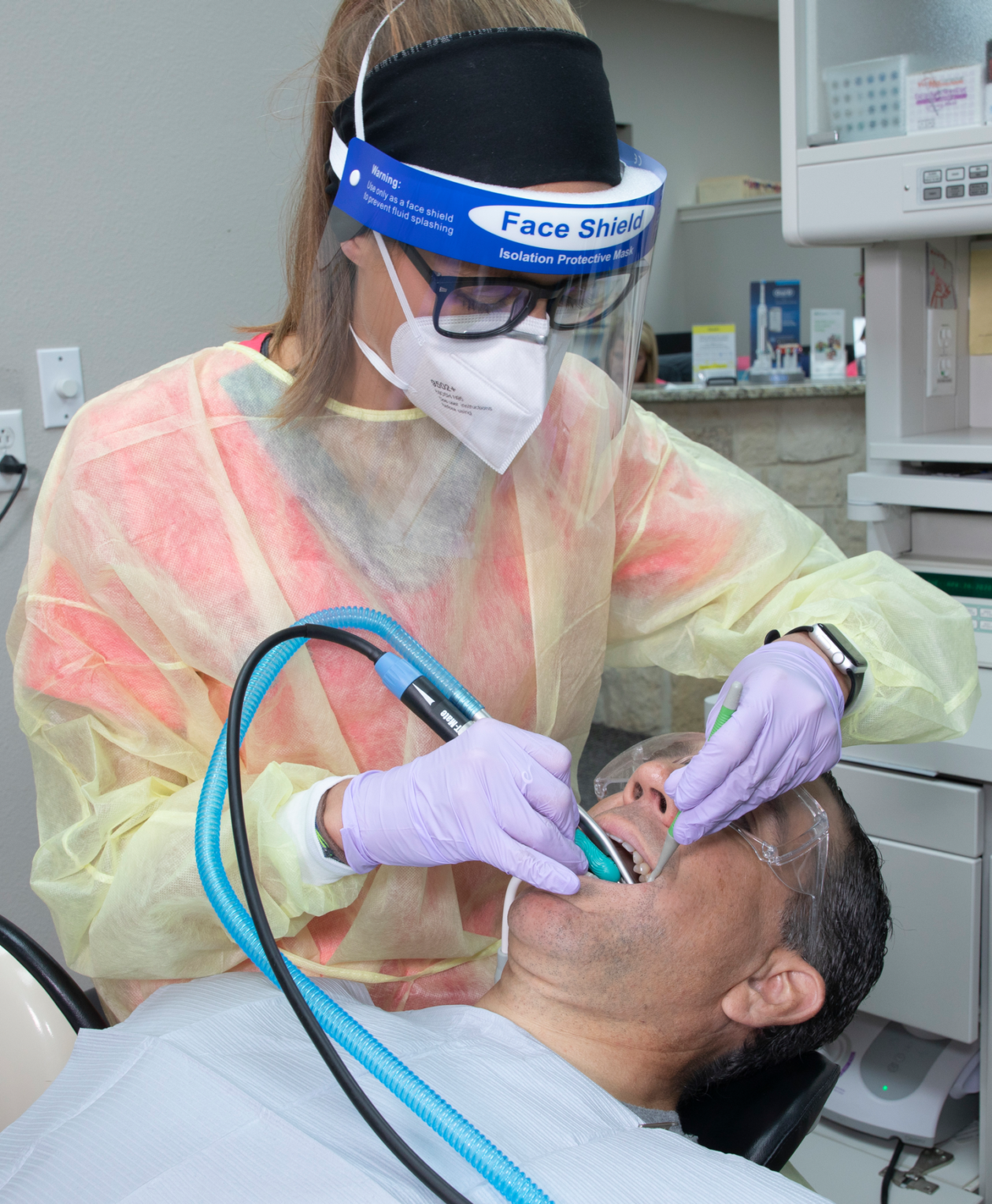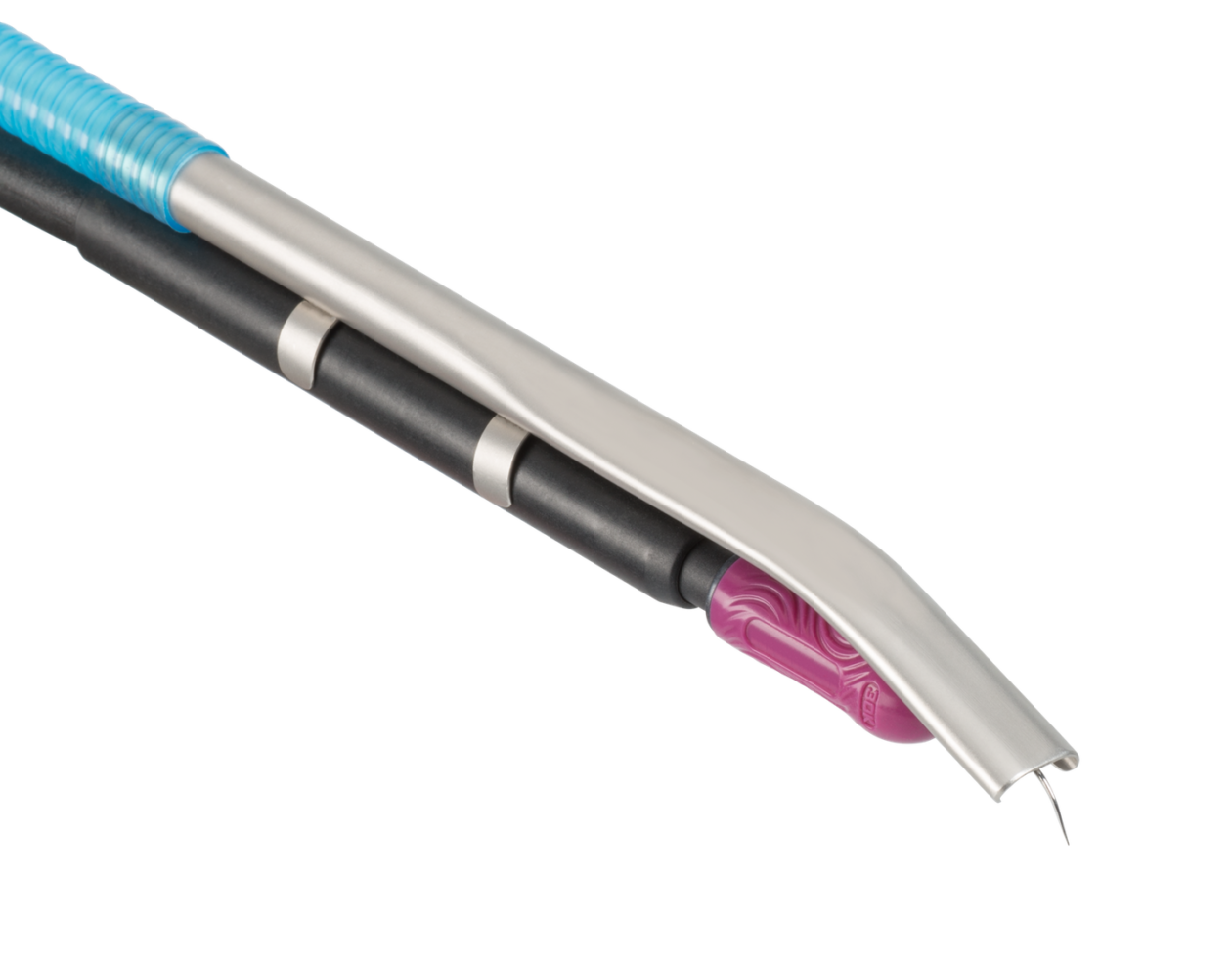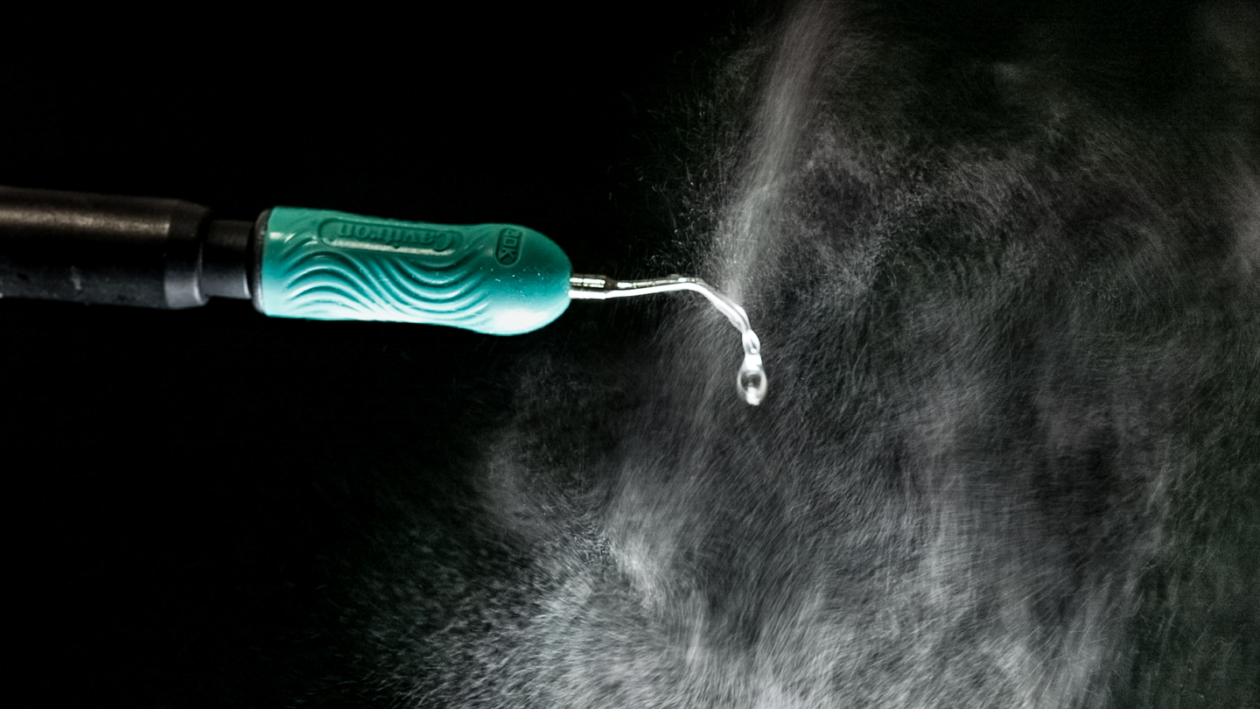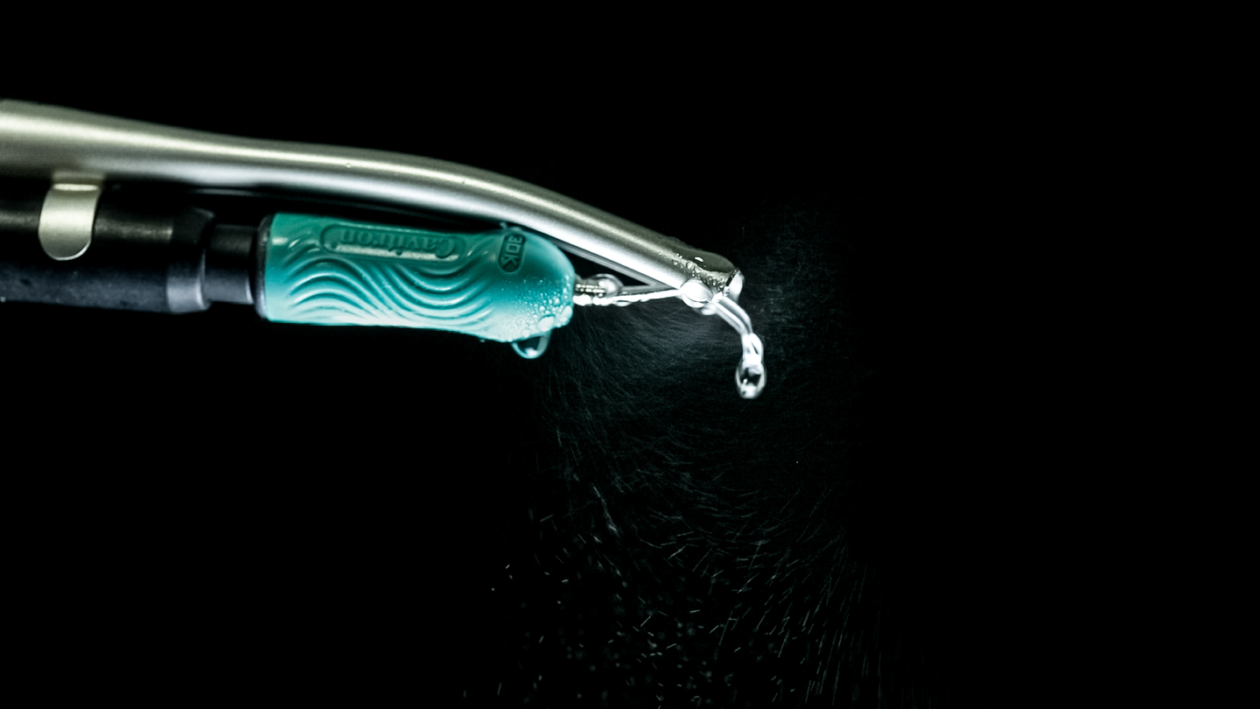Joshua Austin, DDS, MAGD
This article first appeared in Dental Economics. Reprinted with permission of Endeavor Business Media. All rights reserved.
I feel that most of us have been around long enough to know how this COVID thing in dentistry was going to go. The surprise was the initial stuff in mid-March. Once we got shut down, I think we all had a good idea of the trajectory. We knew we’d be dealing with furloughing employees, fighting for federal funds, and then fighting for personal protective equipment. Then we knew we’d need an action plan for reopening.
That’s when I knew the vultures would sweep in with things to sell. Everything from “negative pressure” operatories to extraoral suction devices—the snake oil salesmen began to arrive. Like Lyle Lanley selling Springfield a monorail, email offers came in daily offering the latest machine to make my dental practice safer—none of which had any science or documentation behind them, just “safety theater.” I have bought a lot of that stuff in an attempt to feel like I was doing something. But the best thing we have purchased has been the least expensive, and it has felt like the most effective. SafetySuction by Quality Aspirators is something I think every dental hygienist should be working with.

SafetySuction is an old product. It has been around since the early 1990s. It was invented by a periodontist who was concerned about his dental hygienists using ultrasonic instrumentation on patients with HIV. Sometime in the late ‘90s, sales slumped and Quality Aspirators put it on the shelf. In a post-COVID dental world, SafetySuction has risen like a phoenix from its ashes into an essential product. Like most great things, SafetySuction is a super simple device with a simple execution. It attaches to an ultrasonic handpiece and suctions up to 93 percent of the aerosol right at the source.1
SafetySuction is made of stainless steel, and there are different sized attachments for different handpieces. We have a “girthy” piezoelectric handpiece, and Quality Aspirators has a SafetySuction to fit it. If they can find a SafetySuction to fit ours, chances are they can find one to fit yours.

The SafetySuction attaches via tubing to your high-volume evacuator tip. Turn on the HVE while ultrasonics are going and aerosols will be sucked away before they start to waft out into the operatory. I think of aerosols like a mushroom cloud. Extraoral suction systems try to pick up the aerosols a bit farther away from the patient, giving them a chance to escape out and mushroom. SafetySuction gets it right at the base of the mushroom, preventing that cloud from ever forming.
The metal part of the SafetySuction should be autoclaved in between patients. I recommend five for each hygiene room. That should get you through a morning, and they can be sterilized during lunch. The tubing stays attached to the HVE. It should be wiped down with disinfectants in between patients and should have line disinfectant run through it in between patients just like your other suction lines.


My dental hygienists routinely remark about how they don’t have to dry the patient’s face constantly when they use it. Less water on your patient’s face means fewer aerosols in the room. Combine that with a simple installation and low cost, and SafetySuction is the single best product I have seen on the market to keep your dental team and patients safe from aerosols. Three-run homer for Quality Aspirators!
Reference
- Safety Suction. Quality Aspirators. Accessed July 12, 2020. https://qualityaspirators.com/product-category/safetysuction/



